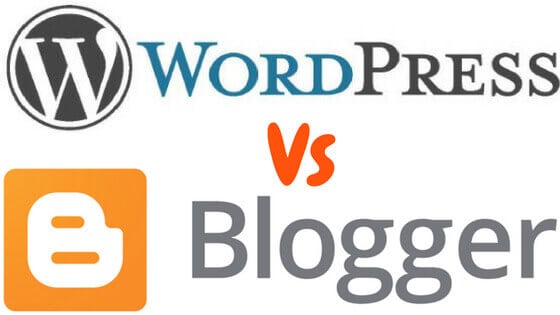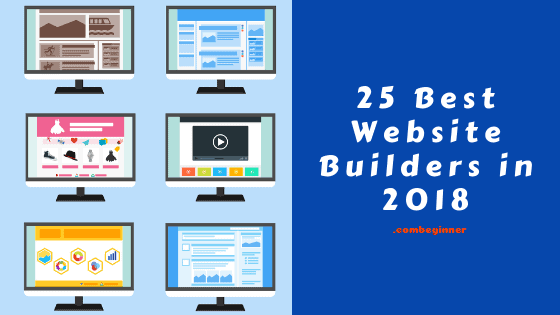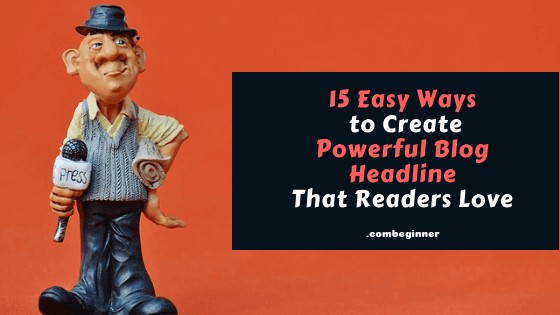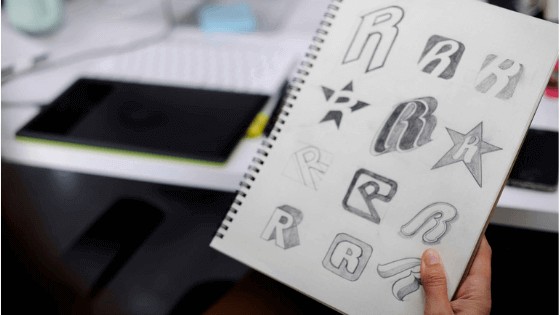Last Updated on February 13, 2023
Blogging is an amazing way to connect with your readers or audience, be it an individual blogger who wants to share his or her thoughts or a big business that wants to keep its customers updated with the latest developments and offers the business has to offer.
It allows you to share your thoughts, ideas, and experiences with a worldwide audience while also creating an online presence and building a personal brand. Whether you want to share your personal story, promote your business, or express your opinions on a particular topic, starting a blog is a great way to do it.
Although starting a blog can seem like a daunting task, it’s actually pretty straightforward. You must choose a niche, set up your blog, write content, promote it, and make money from it.
In this blog post, we’ll guide you through each step of the process and provide you with the information and resources you need to start your own blog.
🔑 Key Takeaways (TL;DR)
- Blogging is a valuable tool for personal and professional growth, allowing individuals to share their thoughts, ideas, and experiences with a global audience while also providing a platform for building an online presence and developing a personal brand.
- Choosing a niche is an important step in starting a blog, and it’s important to choose a niche that aligns with your interests and expertise.
- Setting up a blog involves choosing a platform and domain name; popular platforms include WordPress, Blogger, and Squarespace.
- Creating content for your blog involves choosing the type of content, coming up with content ideas and creating a content calendar, and guidelines for writing effective blog posts.
- Promoting your blog is crucial for building a loyal readership and growing your audience; strategies include search engine optimization (SEO) and social media marketing, building a community around your blog, and consistency.
- Monetizing your blog is the process of creating a revenue stream from your blog, ways to monetize a blog include advertising, product sales, services, sponsorships, and memberships.
- To start a successful blog, it’s important to be consistent, provide value to your audience, and use the resources available online, such as blogs, forums, and e-books.
🚀 Choosing a Niche
Choosing a niche is a crucial step when starting a blog. A “niche” is a specific topic or area of interest on which your blog will focus. It’s important because it helps you stand out in the crowded blogosphere and attract a dedicated audience. By focusing on a specific niche, you can build trust and authority on that topic, leading to more opportunities for monetization and growth.
To find the right niche for your blog, start by making a list of topics about which you are passionate or have knowledge and experience. Research the competition in each niche to see if there’s a demand for the topic and what kind of content is already out there. Also, consider the potential for monetization and growth in each niche. Narrow your list to a few potential niches in which you feel confident.
When narrowing down your options, think about your long-term goals for your blog, your target audience, and your own skills and expertise. Keep in mind that a niche that is very specific can help you reach a more targeted and interested audience. Also, don’t be afraid to change your niche if things don’t work out as planned, and stay current, adapting to any changes in the market.
🚀 Setting Up Your Blog
Setting up your blog is an important step in the blogging process. Many different types of blogs are available, including personal, business, and niche blogs. The type of blog you choose will depend on your goals and audience. There are also several different platforms available for setting up a blog, including self-hosted options like WordPress and Blogger and website builders like Squarespace.
When it comes to setting up your blog, it’s important to consider the different options available and choose the platform that best suits your needs. For example, if you’re using WordPress, you’ll need to download the software, choose a hosting provider, and follow the instructions provided by your host to install WordPress on your domain. For Blogger, you’ll need to sign up for an account, choose a template, and customize your blog to your liking.
When choosing a domain name and hosting service, it’s important to choose a name that is short, easy to remember, and reflective of your brand or niche. For added credibility, consider using a top-level domain (TLD) such as.com or.net. Research and compare different hosting providers and plans to find one that fits your budget and provides the features you need. And don’t forget to look for a hosting provider that offers easy integration with your chosen platform, good uptime, and customer support, and consider getting a private domain registration to hide your personal information and protect yourself from spam.
There are many guides, tutorials, and resources available online that can help you set up your blog, so make sure to read the instructions and follow the guidelines provided by the platform you choose.
🚀 Creating Content
Creating content for your blog is an essential step in the blogging process. You can create many different types of content, including blog posts, videos, podcasts, infographics, photos, reviews, and interviews. Each type of content can be used to reach and engage your audience in a different way.
When it comes to creating content, it’s important to have a steady stream of ideas. Keep a running list of content ideas, use keyword research to find popular topics in your niche, look at what your competitors are doing, and use social media to get inspiration. Making a content calendar can also help you stay on top of things and make sure you’re always putting out new content. And don’t forget to ask your audience what kind of content they would like to see and use their feedback to guide your content creation.
When writing blog posts, it’s important to write a catchy headline, use subheadings and formatting, including images and videos, be consistent, optimize for SEO, proofread and edit, and end with a call to action. This can help make your post more engaging, easy to read, and more likely to be shared by your readers.
Remember that creating great content takes time and effort, but by following these guidelines, you’ll be able to create content that your audience will love and keep them coming back for more.
🚀 Promoting Your Blog
Promoting your blog is just as important as creating great content. Without promotion, your blog might not get as many readers or as many people to interact with it as it could. There are many ways to promote your blog, such as using search engine optimization (SEO) and social media marketing.
SEO is all about making sure search engines can easily find your blog. You can make it easier for search engines to find your blog by using keywords, internal and external links, meta tags, and alt tags. Social media marketing is another great way to promote your blog. By sharing your blog posts on social media and engaging with your audience, you can build a community around your blog and reach a larger audience.
In addition to SEO and social media marketing, there are other strategies you can use to grow your audience and build a community around your blog. Engaging with your readers by answering their comments and questions, guest posting on other blogs, working with other bloggers, hosting giveaways and contests, going to events and conferences, being consistent with your content, using email marketing, and giving away valuable resources and freebies can all help you build a loyal audience over time.
Promoting your blog takes time and effort, but by using these strategies, you can increase traffic to your blog, grow your audience, and build a community around your blog. Remember to be consistent and stay the course.
🚀 Monetizing Your Blog
Monetizing your blog is the process of creating a revenue stream from your blog. There are a variety of ways to do this, such as through advertising, product sales, services, sponsorships, and memberships.
The first step to monetizing your blog is to build a sizable audience. The more people you have visiting your blog, the more opportunities you’ll have to monetize it. You should also give your audience helpful content, as this will help you gain their trust, which is important for making money. Diversifying your revenue streams is also essential, so you’re not relying on just one source of income. And most importantly, when monetizing your blog, you must always offer value to your audience, as this will help keep them engaged and coming back for more.
When it comes to displaying ads and sponsored content, it’s essential to be transparent, limit the number of ads, choose the right ad format, target the right audience, and test and optimize your ads. Be sure to disclose when a post is sponsored or when an affiliate link is used because your audience needs to know. Also, it’s essential to use the right format for ads, as it will make your blog look more professional. Also, you need to make sure the ads are relevant to your audience and keep an eye on how they are doing to get the most money.
Monetizing your blog can be a great way to turn your passion into a sustainable business. By following these tips, you can create a revenue stream from your blog while also providing value to your audience. Remember, monetizing your blog takes time and effort, so be patient and stay consistent.
✍🏽 Conclusion
In short, starting a blog is a great way to share your thoughts, ideas, and experiences with the world. By following the steps in this post and using the tips, best practices, and resources are given, you’ll be well on your way to starting your own blog.
So, don’t wait any longer; take the first step and start your own blog today. If you want to learn more about blogging, many additional resources are available online, such as blogs, forums, and e-books.




 " decoding="async" loading="lazy" >
" decoding="async" loading="lazy" > 